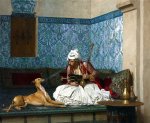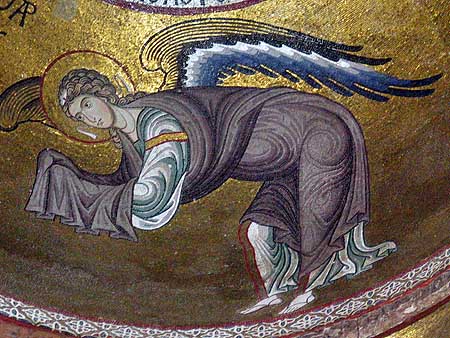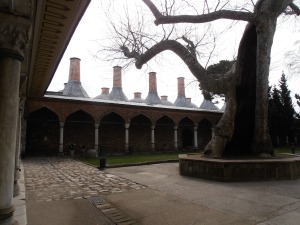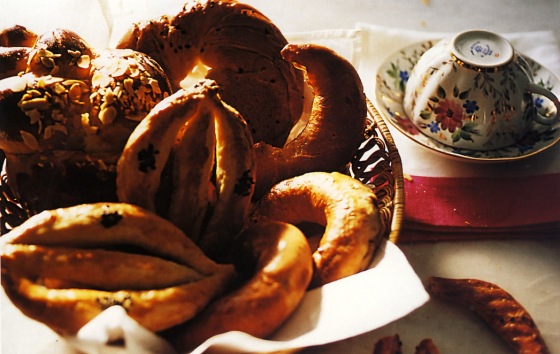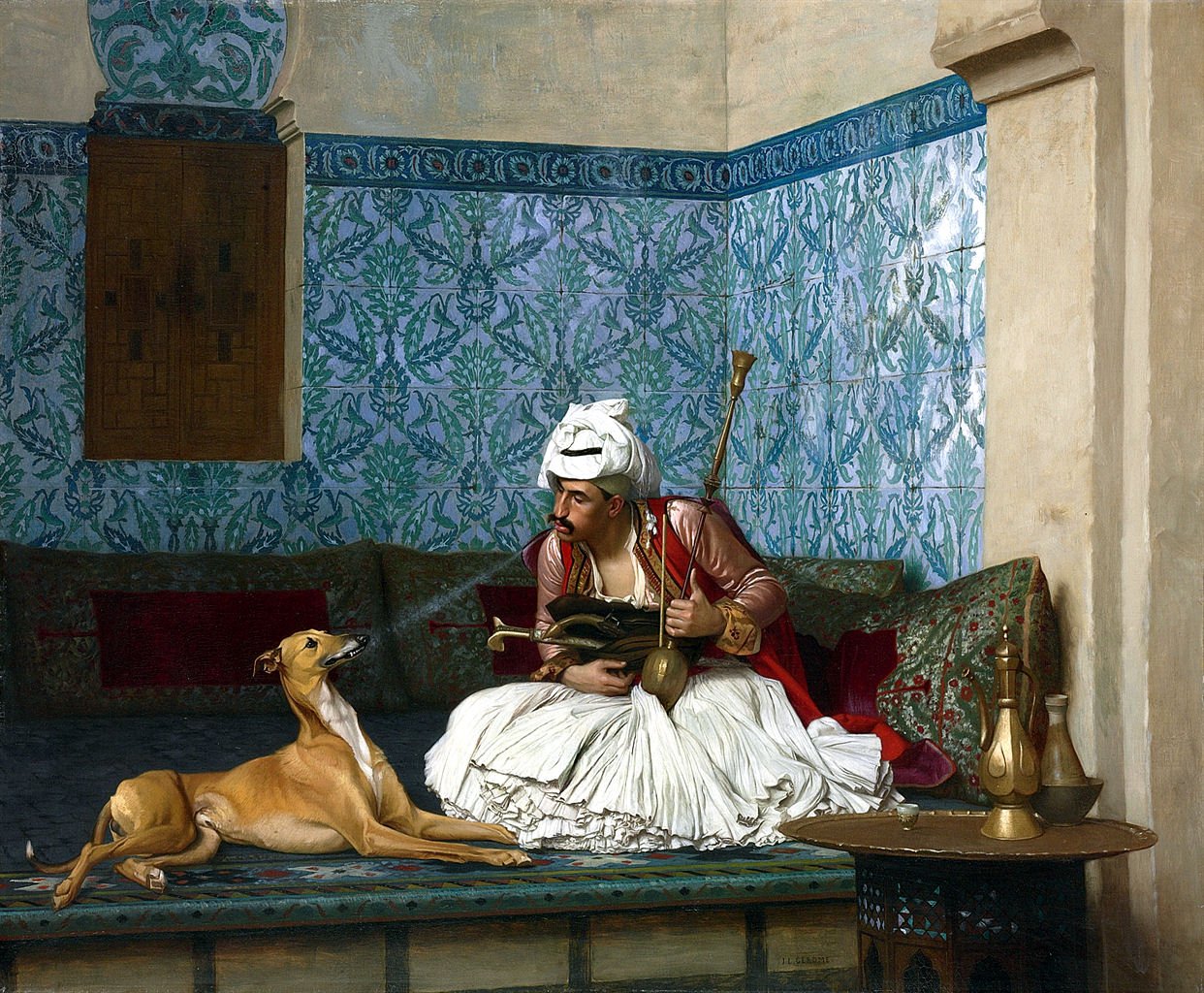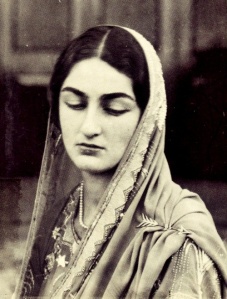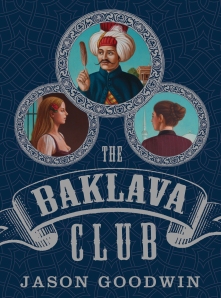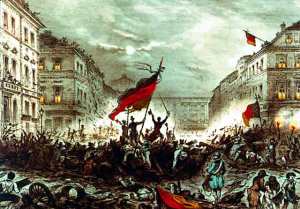A few days ago I sent out a call for people who might enjoy testing the recipes for Yashim’s Istanbul Cook Book. Are the instructions clear? Is the result scrumptious? Are you transported by a touch of heat and cumin seed to the shores of the Bosphorus?
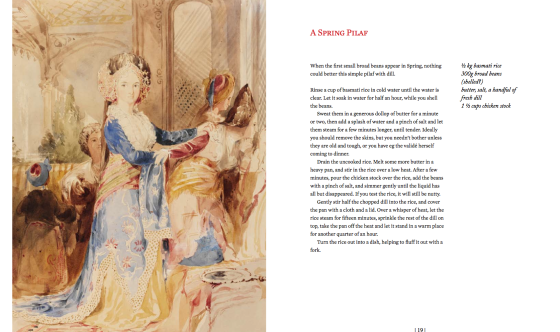
- A page from Yashim’s Istanbul Cook Book
The response has been fabulous – I’m incredibly grateful to everyone who got in touch at [email protected]. People are road-testing these Ottoman dishes all over the world, from Pakistan to Wisconsin, Estonia to Washington DC (hello to the Culinary Historians of Washington: CHoW!), which makes it a lovely peaceful international effort. To all those who have been in touch, a big thank you for taking part.
I’ve asked Jillian’s permission to include this great photo of a soup – she was the first to send it in. Great saucepan (and I like the book getting a light grilling, too)!

- Widow Matalya’s Chicken Soup – with a pleasantly battered copy of Yashim’s fourth adventure!
As far as I know, there are no representatives of the southern hemisphere involved yet – but I have a number of recipes yet to check over, so if there are any Aussies out there, give us a shout! And do pass the email [email protected] around to your friends if they fancy getting a recipe to try: I’m not planning to close the hatch until Wednesday evening, February 4th.
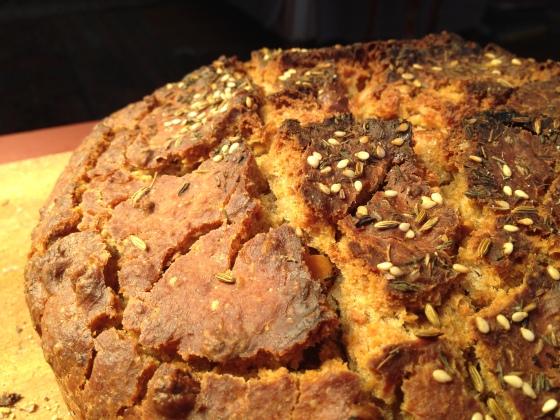
Peasant bread – made with a traditional chickpea starter
You might like to know this, taken from the introduction to Yashim’s Istanbul Cook Book:
Most of the ingredients need no further introduction but there are a few spices which may be worth tracking down online or at a likely grocery shop.
I use two kinds of chilli pepper. Pul biber is hot chilli, in flakes or powder – like paprika or cayenne, the more you add the hotter the dish. Isot, or Urfa, biber, is a more subtle creature, darker in colour, made from Urfa red peppers that darken as they grow to deep purple. They are dried in the sun by day and wrapped up at night, the better to concentrate their flavour, which is slightly smoky, slightly sweet, and deliciously warm.
In the Spice Market and elsewhere you want to buy pepper in dry rustling flakes – vendors sometimes add salt and oil to make the mix richer and heavier. Nothing to worry about, just good to know. And powder will contain the seeds, while flakes are all flesh.
Sumac is now thoroughly available, made from a berry with a curiously good lemony and slightly sour taste.
A word on measures and quantities. Most of these recipes specify precise quantities, but we would do well to bear in mind the advice offered to a French chef sent into the kitchens by the Empress Eugenie, the consort of Napoleon III, when the imperial couple made a state visit to Istanbul in 1873. The quote is from my Lords of the Horizons: A History of the Ottoman Empire.
‘The French emperor Napoleon III and his empress, Eugenie, spent a week in Istanbul as the Sultan’s guests in 1862. The Empress was so taken with a concoction of aubergine puree and lamb that she asked for permission to send her own chef to the kitchens to study the recipe. The request was graciously granted by their host, and the chef duly set off with his scales and notebook. The Sultan’s cook slung him out, roaring, ‘An imperial chef cooks with his feelings, his eyes, and his nose!’
Afiyet olsun!


